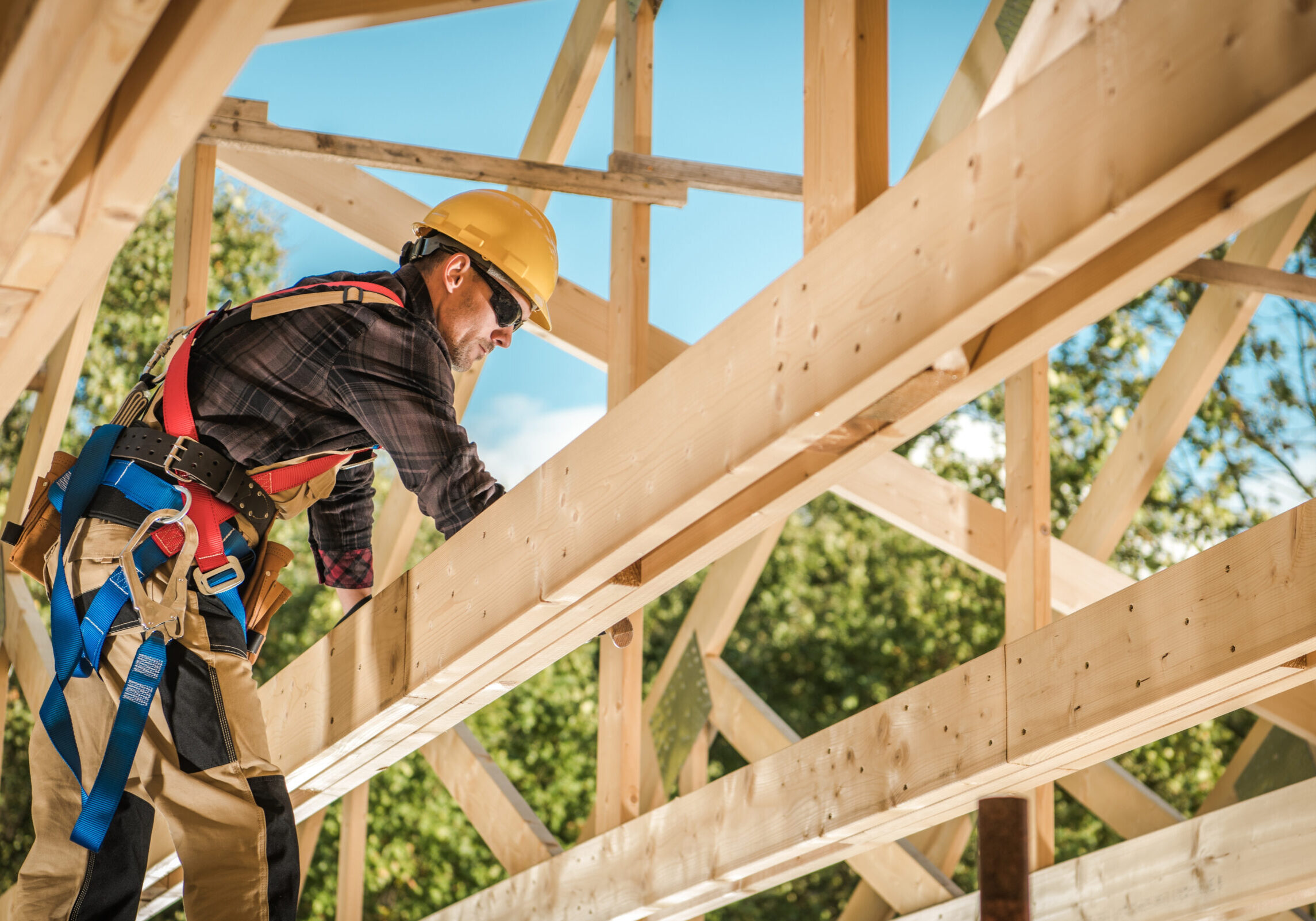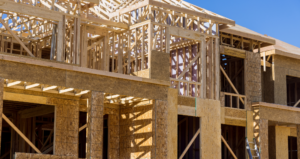Homebuyer Trends in 2020 (Including Who’s Buying New Construction!)
June 11, 2020

Keeping up with homebuyer trends, including demographics and evolving homebuyer wants, is key to knowing how to sell and market new construction builds. That’s why we love the National Association of Realtors’ Home Buyers and Sellers Generational Trends Report. It’s an annual report that’s chock-full of data on who’s buying homes and why — and today we’re going to pull some of those fascinating stats, particularly as they pertain to new builders.
We’ll start with general numbers, before zeroing in on new homes, but be aware that what we’re sharing is only a fraction of what’s contained in the 143-page report, and we recommend you look it over in full. The report is based on a 2019 survey of 5,870 homebuyers.
Homebuyers by the numbers
It’s probably not a surprise that millennial homebuyers continue to be a force. They represent the largest generational group of buyers at 38 percent, with boomers following at 33 percent and Gen X coming in third at 23 percent.
And it’s older millennials (30- to 39-year-olds) who are the biggest force, making up 25 percent of overall buyers. This age group also comes in second for the highest household median income at $102,800. The group with the highest income? That would be Gen Xers between 40- to 54-years-old with a median income of $110,900.
Here are some general trends to note:
- Married couples continue to be more likely to purchase a home (representing 61 percent of all buyers).
- Among single people, women (at 17 percent) were more likely to purchase a home than men (at nine percent). Unmarried couples didn’t have a high showing either at nine percent.
- First-time buyers represented 33 percent of all homebuyers, which is unchanged from 2019. Fifty-two percent of those buyers were older millennials, while 88 percent were younger millennials (22- to 29-year-olds).
- Buyers with children under 18 make up 35 percent of all buyers and 61 percent of older millennials.
- Eighty-three percent of buyers purchased a detached single-family home.
- Half of all buyers purchased in the suburbs, while small towns came in second at 22 percent of all buyers.
- The median home price for all buyers was $257,000, but that number increases to $282,000 for older millennials and $278,000 for Gen Xers.
- The median home size for all buyers was 1,850 square-feet. That rises to 1,900 square-feet for older millennials and 2,000 square-feet for Gen Xers.
Finally, for all age groups under 65, the top reason for buying a home was a desire to have space of their own. For people 63+, that changed to a desire to be closer to friends and family (i.e. the “baby chaser” trend).
Not yet a HomeSphere builder?
HomeSphere is a free rebate program offering cash back on over 1,500 products from more than 80 of the top building product manufacturing brands.
The why behind new construction purchases
Among all buyers in NAR’s survey, 13 percent purchased new homes. Let's break that down by age:
- 22 to 29: Nine percent.
- 30 to 39: 10 percent.
- 40 to 54: 14 percent.
- 55 to 64: 15 percent.
- 65 to 76: 18 percent.
- 74 to 94: 16 percent.
When asked why they purchased a new home, the top responses among all buyers were:
- Avoid renovation work or problems with plumbing and electricity. (39 percent)
- Choose and customize design features. (32 percent)
- Amenities available in new homes. (21 percent)
The numbers show that millennials really want to avoid renovation work — the percentage of young millennials who chose that as a reason grew to 53 percent, while older millennials grew to 52 percent. The percentage of buyers wanting to choose and customize design features also rose above the average for buyers between 22- and 54-years-old.
Other responses included a desire for energy efficiency (10 percent) and the lack of inventory of previously owned homes (nine percent). There’s also the elusive “other” at 19 percent.
Interestingly, buyers of previously-owned homes said they purchased their home because they believed it was a better overall value (33 percent), better price (31 percent) and had more character (20 percent). Something to keep in mind when meeting with buyers who are looking at both new and previously-owned homes!
Online search is key
We’ll keep this section brief, but it's important to include that 93 percent of respondents said they used a website to find information during their home search — yet another argument to maximize your online presence.
What about the pandemic?
NAR’s report came out in early March, before COVID-19 had really hit, but the overall trends are still indicative of what was happening before the pandemic and what trends could continue when homebuying heats up again.
We’re seeing housing demand surpassing pre-COVID-19 levels, listings trends are improving and purchase mortgage applications have spiked 18 percent over last year, leading many to believe summer could be a hot season for the housing market.
So, while we can’t predict how everything will play out, or how millennial homebuyers might be impacted, we do know one thing: the next few months will be critical to watch.






